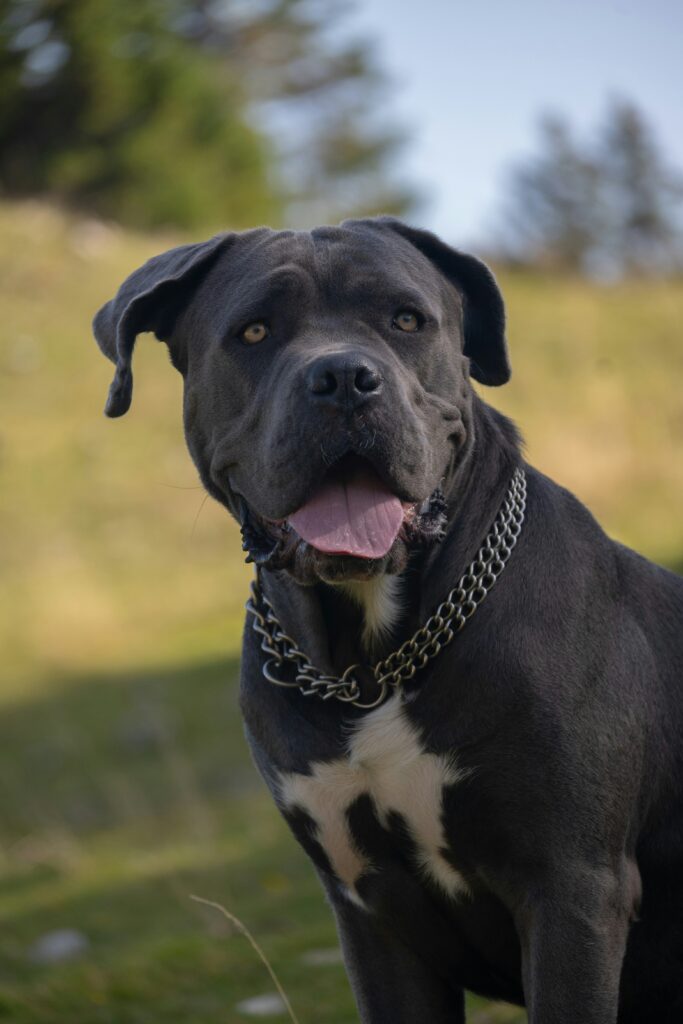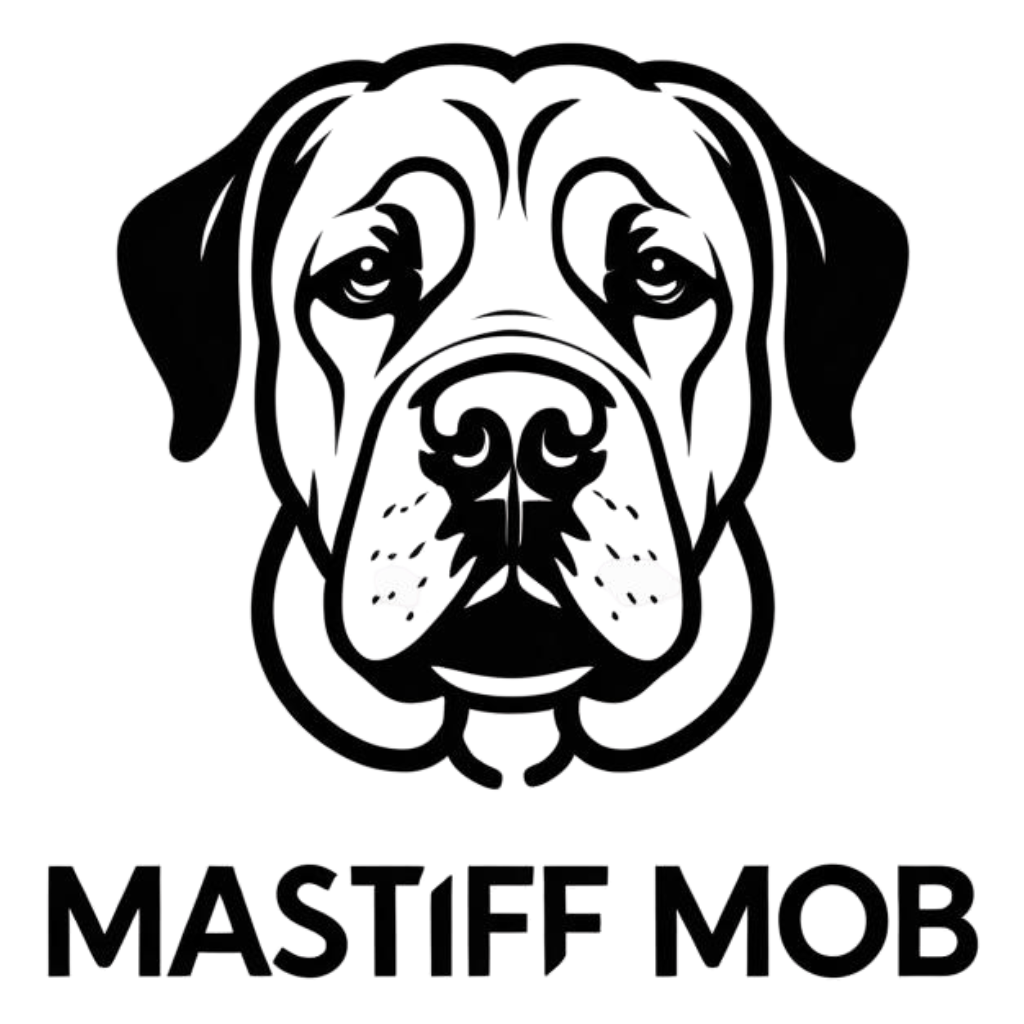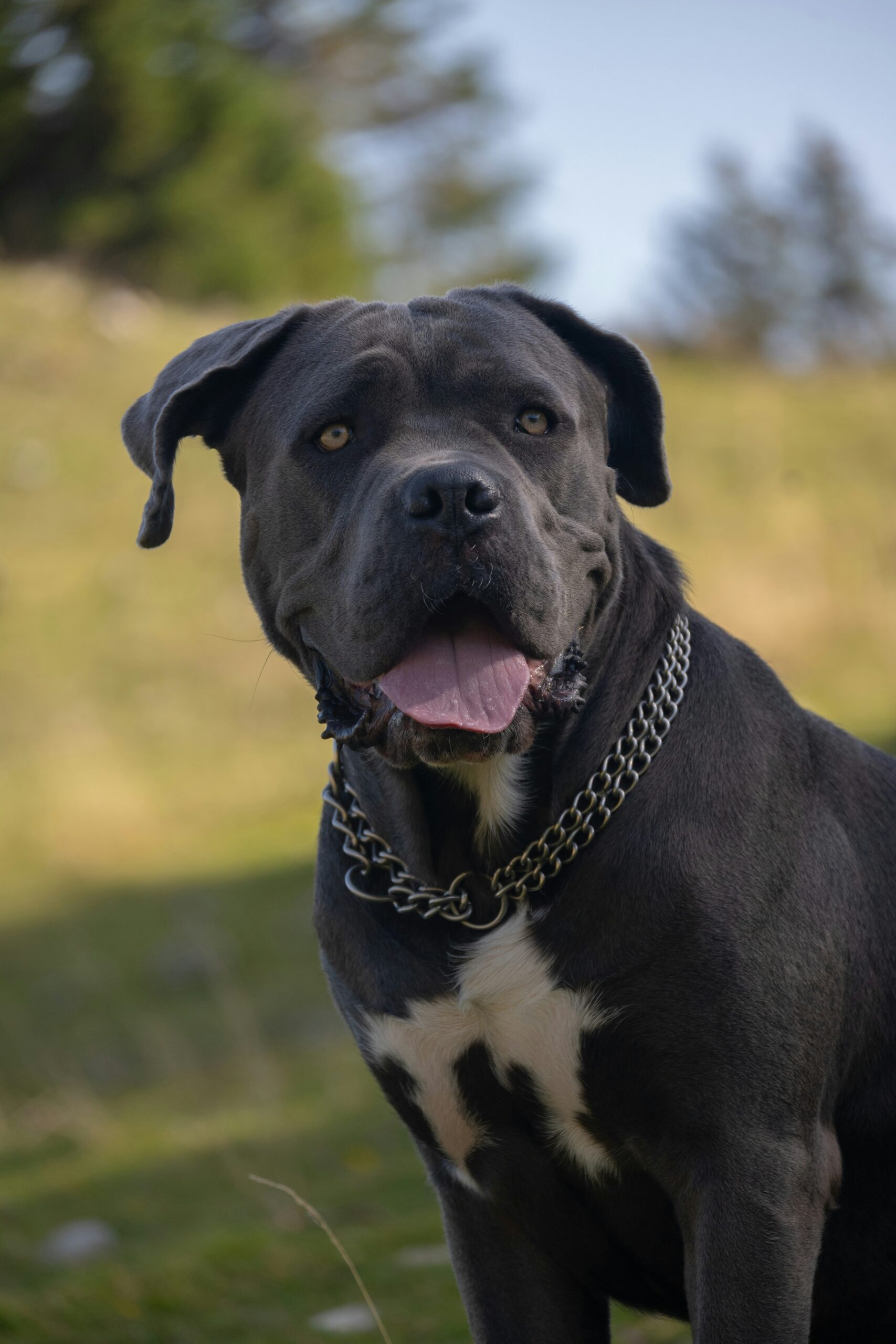If you’ve ever dreamed of having a furry giant by your side, you’re in the right place. Let’s talk about big dog breeds—those lovable, larger-than-life pups that can steal your heart (and maybe your couch) in a heartbeat. There’s something truly special about huge dog breeds; they’re not just pets, they’re family members with personalities as big as their paws. From the gentle giant vibes of the English Mastiff to the protective instincts of other massive dog breeds, these dogs bring a unique kind of joy to any home.
Why are people so drawn to big dogs breeds? Well, for starters, they’re often incredibly loyal and make fantastic companions. Whether you’re looking for a cuddly buddy or a guardian for your family, giant dogs have a lot to offer. But before you rush out to adopt one of these huge dogs, it’s super important to understand their needs. They’re not just scaled-up versions of smaller pups; their size comes with specific care requirements, from diet to space. So, let’s dive into the world of big breed dogs and figure out if one of these gentle giants is the right fit for you.

Characteristics of Huge Dog Breeds
Alright, let’s get into what makes huge dog breeds stand out—besides their obvious size, of course! Physically, these dogs are a sight to behold. We’re talking about pups that can weigh anywhere from 80 to over 200 pounds, with some, like the English Mastiff, towering over you when they stand on their hind legs. Their size varies across breeds, but one thing’s for sure: massive dog breeds have a presence that’s impossible to ignore. Whether it’s their broad chests, thick fur, or massive paws, they’re built to impress.
Now, when it comes to temperament, big dog breeds often surprise people. Many assume that huge dogs are aggressive or hard to handle, but most of these giant dogs are total sweethearts. They’re often gentle, patient, and super affectionate—perfect for families if socialized properly. That said, their behavior can vary. Some big breed dogs are natural protectors, while others are more laid-back couch potatoes. Understanding their personality is key to a happy life together.
Health-wise, though, owning huge dog breeds comes with some challenges. Their size puts extra strain on their joints and bones, so issues like hip dysplasia or arthritis are common in massive dog breeds. They also tend to have shorter lifespans than smaller dogs, which is heartbreaking but something to prepare for. Regular vet checkups and a good diet are non-negotiable if you want your big buddy to live a long, healthy life. Speaking of big, let’s keep exploring the best big dog breeds and what makes them so special.
Top Picks for Best Big Dog Breeds
So, you’re curious about the best big dog breeds out there? Let’s start with a classic: the English Mastiff. This breed is the epitome of huge dogs—think 120 to 230 pounds of pure love. They’re known for their calm demeanor and protective nature, making them one of the best family dogs large households can welcome. Despite their intimidating size, English Mastiffs are gentle giants who often just want to snooze by your side. But don’t let their laziness fool you; they’ll step up if they sense danger.
Beyond the English Mastiff, there are plenty of other big dogs breeds worth considering. Take the Great Dane, for instance. These giant dogs are often called “Apollo of Dogs” because of their elegant, towering build. They’re friendly, patient, and great with kids. Then there’s the Saint Bernard, a massive dog breed famous for rescue work in the Alps. They’re incredibly kind-hearted and thrive in family settings. If you’re looking for huge dog breeds with a bit more energy, the Newfoundland might be your pick. These water-loving pups are strong swimmers and super sweet.
What makes certain big breed dogs stand out as the best family dogs large families adore? It’s all about temperament and adaptability. Many of these dogs are naturally gentle and tolerant, which is crucial if you’ve got little ones running around. Plus, their size often means they’re less skittish than smaller breeds, so they can handle a bit of roughhousing. If you’re thinking about welcoming one of these giant dogs into your home, let’s chat about how to care for them properly.
Caring for Massive Dog Breeds
Okay, let’s get real about what it takes to care for massive dog breeds. First up: food. Big dog breeds like the English Mastiff or Great Dane eat a lot—like, a whole lot. We’re talking several cups of high-quality kibble a day, often specially formulated for large breeds to support their joints and overall health. You’ll want to avoid overfeeding, though, since extra weight can be tough on their bodies. Chat with your vet about portion sizes and maybe even supplements to keep your huge dogs in tip-top shape.
Exercise is another biggie (pun intended). While some huge dog breeds are pretty low-energy—looking at you, Mastiffs—others need regular activity to stay healthy. A daily walk or some playtime in the yard can do wonders for big breed dogs, keeping their muscles strong and preventing boredom. Just don’t overdo it, especially with puppies, since their growing bones are delicate. Balance is key when it comes to keeping giant dogs active and happy.
Grooming-wise, big dogs breeds vary a ton. Some, like the Newfoundland, have thick, fluffy coats that need regular brushing to avoid matting. Others, like many short-haired massive dog breeds, are lower maintenance but still shed like crazy. Invest in a good vacuum if you’re bringing one of these huge dog breeds home! Regular baths, nail trims, and ear cleanings are also musts to keep them comfy. Now, let’s talk about where these big buddies live best.
Living with Giant Dogs: Space and Environment
Hey, let’s be honest—living with giant dogs isn’t the same as having a tiny terrier. Space is a huge factor when it comes to huge dog breeds. If you’re in a cramped apartment, you might struggle to keep a massive dog breed like an English Mastiff happy. These pups need room to stretch out, both indoors and out. A house with a fenced yard is often ideal for big dog breeds, giving them space to roam without getting into trouble.
That said, it’s not impossible to have huge dogs in urban settings. You’ll just need to be extra committed to daily walks and trips to the dog park. Rural homes, on the other hand, are often a natural fit for big breed dogs, especially if you’ve got acres for them to explore. Wherever you live, make some home adjustments—think raised food bowls to ease strain on their necks and comfy beds for their big bones.
Safety is another thing to keep in mind with giant dogs. Their size means they can accidentally knock over stuff (or people!) without meaning to. If you’ve got kids or elderly folks at home, teach everyone how to interact safely with big dogs breeds. And don’t forget to secure your space—some of these massive dog breeds can jump fences or open doors if they’re motivated. Speaking of rugged pups, let’s shift gears and talk about a unique group: large mountain dog breeds.
Large Mountain Dog Breeds: A Special Category
Alright, let’s chat about a cool subset of big dog breeds—large mountain dog breeds. These dogs are the tough cookies of the canine world, bred for centuries to work in harsh, rugged environments. Think snowy peaks, rocky trails, and freezing temps. Breeds like the Bernese Mountain Dog and the Greater Swiss Mountain Dog are prime examples of huge dog breeds built for the mountains. Historically, they’ve hauled carts, guarded livestock, and even helped with rescues.
What makes these big breed dogs so special? Their strength and endurance are off the charts. They’ve got thick coats to handle cold climates and sturdy builds for tough terrain. If you live in a snowy or mountainous area, these giant dogs might be your perfect match. The Bernese, for instance, is not only a powerhouse but also one of the best family dogs large households can adopt, thanks to their sweet, gentle nature.
Training and socializing large mountain dog breeds can be a bit of a challenge, especially if you’re in a rugged environment. Start early, and focus on obedience—huge dogs like these need to listen when you’re out on a trail. Expose them to different terrains and people to build their confidence. And hey, don’t skimp on exercise; these big dog breeds thrive on activity. If you’re up for the adventure, they’ll be your loyal hiking buddy for life.
Conclusion: Finding the Best Big Dog Breeds for Your Family
So, we’ve covered a lot of ground about big dog breeds, haven’t we? From the gentle giants like the English Mastiff to the rugged large mountain dog breeds, there’s a huge dog out there for just about everyone. But choosing among huge dog breeds isn’t a decision to take lightly. Think about your space, lifestyle, and what you can commit to in terms of care. These massive dog breeds need love, attention, and a whole lot of food, but they give back tenfold in loyalty and companionship.
My advice? Do your homework. Research the best big dog breeds for your family, and if possible, meet some in person. Spend time with an English Mastiff or another of the big dogs breeds you’re eyeing to see if their vibe matches yours. Trust me, there’s nothing like looking into the soulful eyes of one of these giant dogs and knowing they’re your new best friend. Owning huge dogs is a big responsibility, but it’s also one of the most rewarding experiences out there. Here’s to finding your perfect, larger-than-life companion!


Leave a Reply